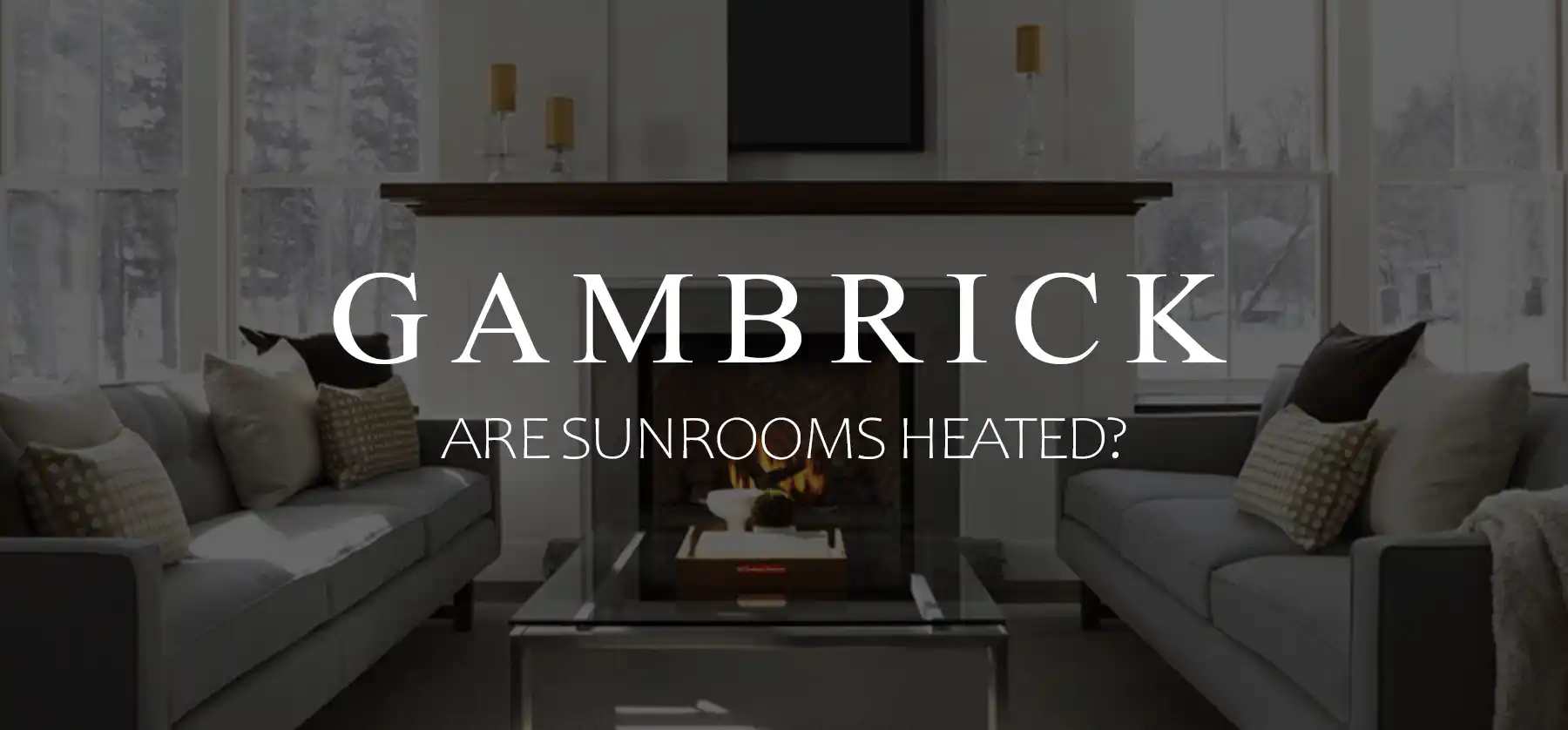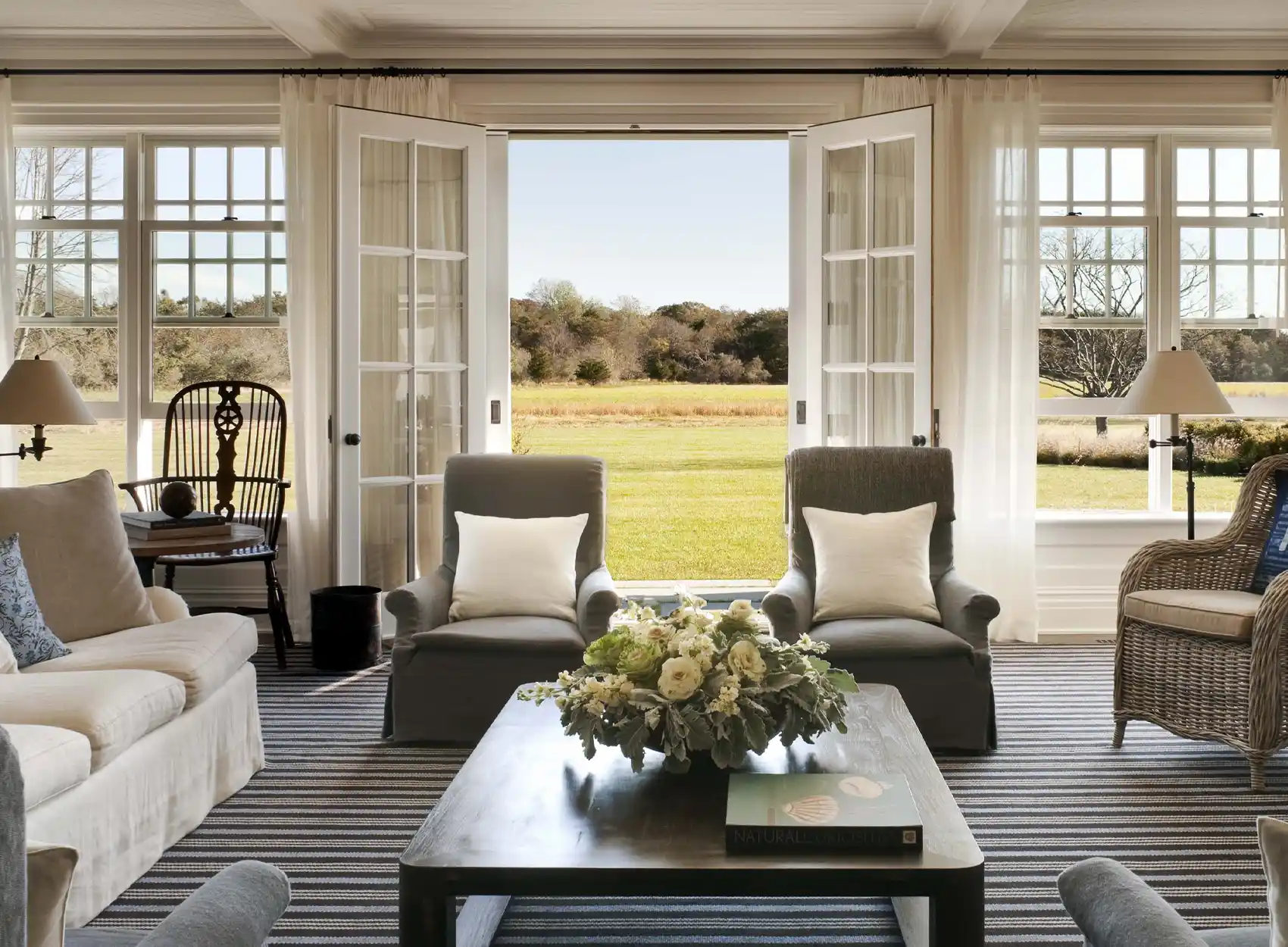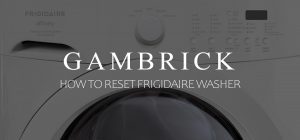
Are Sunrooms Heated?

By John Mazzuca | About | More Posts |
John Mazzuca is a custom home builder with over 25 years experience in the construction industry. John has designed, managed, and built hundreds of homes & construction projects.
Whether or not sunrooms are heated depends on the type of sunroom it is. Four-season sunrooms are designed for year-round use and include insulation and heating. But three-season sunrooms are only designed for Summer, Spring, and Fall use, so they do not include heating, and insulation is optional.
Conservatories, Greenhouses, and Solariums are also considered a type of sunroom. They have walls and a roof made entirely out of glass which allows the most amount of natural light in as possible. They don’t have much insulation and are typically built as a three-season room, so most aren’t heated. But many do include some heating to make them more comfortable in Winter.
Heating isn’t required in a sunroom unless you want it to be considered living space and a part of the home’s square footage.
I’ve been a NJ sunroom contractor for over 25 years and can tell you firsthand how important insulation is for a sunroom. It not only helps keep the room warm in Winter but also keeps it cool in Summer. Insulation helps regulate temperature fluctuations in the room, making it more comfortable to spend time in.
Insulation works best when you include heating and cooling. Once the temperature is where you want it, the insulation will keep it that way by reducing heat loss.

The Benefits of Heating a Sunroom
Heating a sunroom provides lots of benefits, the biggest is being able to use the room year-round. By heating a sunroom, you can enjoy the space throughout the year, regardless of the weather outside. This effectively increases the living area of your home and provides a comfortable place to relax, entertain, or engage in hobbies during colder months.
Here are some of the key advantages:
- Natural Light: Sunrooms allow for abundant natural light, which can improve mood and provide health benefits such as vitamin D exposure. Heating the space means you can enjoy these benefits even when it’s cold outside.
- Energy Efficiency: If a sunroom is well-insulated and uses efficient heating methods, it can be a cost-effective space to heat.
- Increased Property Value: A heated and insulated sunroom is called a four-season room, which counts as square footage. This can significantly increase the value of your home.
- Plant Growth: For those who enjoy indoor gardening, a heated sunroom can provide an ideal environment for growing a variety of plants year-round.
- Thermal Gain: When properly designed, a heated sunroom can contribute to warming adjacent rooms, reducing the overall heating requirements for the house. This passive solar gain can be harnessed to improve the energy efficiency of your home.
- Entertainment Space: A heated sunroom can be the perfect spot for entertaining guests, offering a unique ambiance that combines indoor comfort with an outdoor feel.
- Versatility: The space can be used for multiple purposes, such as a breakfast nook, a play area for children, a workout room, or a home office, providing flexibility in how you use your home’s square footage.
Overall, heating a sunroom can transform it from a seasonal space to a versatile, year-round feature of your home.
Can You Use A Sunroom In The Winter?
Sunrooms can be used year-round, but they get cold if they’re not insulated and heated. When a sunroom has heating and insulation it’s called a four-season room. This is due to the fact that they’re used in Summer, Spring Winter, and Fall.
When a sunroom doesn’t have heat it’s called a three-season room. meaning they’re designed to be used in Spring, Summer, and Fall, but not Winter. They can still be used in Winter but the room will get cold.
Insulation helps keep a sunroom warm during the day. Even if a sunroom doesn’t have heating, natural light from the sun will warm the room. Then add insulation to keep that heat inside the room.
This is one of the reasons why I recommend insulating a sunroom even if it isn’t heated.
To keep your three-season room as warm as possible in Winter, seal up drafts with caulk or weatherstripping to help keep cold air out. Install windows and doors with as high an R-value as possible and if the room has electricity, bring in a small space heater to warm the room.
While a sunroom’s construction can make it difficult to install HVAC ductwork, they can be heated in Winter with the following:
- A high-efficiency space heater
- An electric fireplace
- A baseboard heater
- A mini-split heating system
Each method works a little differently and will allow you to heat your sunroom on demand. However, adding a heat source works best when it’s paired with insulation to keep all that heat inside the room.
Tips For Heating a Sunroom in Winter
Like any room in the house, a heat source warms the room, but insulation is what keeps the heat in. Without the proper amount of insulation, you’ll have to constantly run the heat for the room to feel comfortable.
I recommend including insulation in your sunroom even if you don’t plan on installing heat.
In addition to heaters and insulation, there are a few things you can do to keep a sunroom warm in Winter:
- Use heat-promoting items such as plush rugs, thermal window treatments, and thick drapes.
- Installing double or triple pane glass windows provides an R-value of 2 to 8.
- Keep the windows clear and clean to allow sunlight to enter the room, increasing the warmth and the light.
- Adding weather stripping and/or caulk to exterior doors and windows will prevent drafts.
- Use masonry as a flooring material. It heats up in direct sunlight and then radiates heat into the room.
- Use dark colors that absorb heat.
Using the above tips and a small electric heater, you can keep a three-season sunroom warm in the Winter, even if you don’t have a permanent heater installed.
How To Heat A Sunroom In Winter
The best way to heat a sunroom long term is a gas furnace and forced hot air. But a portable high-efficiency electric heater is your best option if you can’t install permanent heating.
You can pick up an electric space heater at any Home Depot or Lowes for between $50 to $100. I recommend using at least a 1500-watt heater that heats around 250 sq. ft. At the current cost of electricity, which is 15.95 cents per kilowatt-hour (kWh) in the United States, it costs about .24 cents per hour to run.
Even though 24 cents doesn’t seem like a lot of money, it can add up if you heat the room for long periods.
For example, running a 1,500-watt heater for 8 hours a day can cost an average of $1.92 per day. That means it could cost you just under $60 to operate the space heater for 8 hours every day for an entire month.
Here’s a breakdown of what space heaters cost to run per hour based on wattage.
| Wattage | Average Cost Per Hour | Average Cost Per Day | Average Cost Per Month |
| 400 | $0.06 | $0.48 | $14.40 |
| 750 | $0.12 | $0.96 | $28.80 |
| 1500 | $0.24 | $1.92 | $57.60 |
| 3000 | $0.48 | $3.84 | $115.20 |
Space heaters with timers or an auto-off function minimize waste by automatically shutting off the unit at a set time. Buy a heater with an adjustable heat setting so you can choose a lower setting to reduce electricity demands. Place your space heater under a window to prevent drafts and avoid putting furniture in front of the heater.
A space heater can be a great short term way to heat a sunroom if you can’t install a permanent system.
What’s The Cheapest Way To Heat A Sunroom?
The cheapest way to heat a sunroom is called a solar heater, also known as a solar thermal system. They’re devices that convert sunlight into heat energy, which is perfect for a sunroom because of all the natural light.
Solar heaters capture solar radiation and use it to heat a transfer fluid, typically water or an antifreeze solution. It’s then used to provide space heating in the sunroom.
Here are the key components and types of solar heaters:
- Solar Collectors: These are the most visible part of a solar heating system. They absorb sunlight and convert it into heat. There are several types of solar collectors, including flat-plate collectors, evacuated tube collectors, and concentrating collectors.
- Heat Transfer Fluids: These fluids carry the heat from the collectors to the place where it’s needed. In some systems, water is used directly, while in others, a mixture of water and antifreeze (such as propylene glycol) is used to prevent freezing in colder climates.
- Heat Storage System: A well-insulated tank that stores hot water in a thermal mass to provide space heating.
- Pumps or Valves: These are used to move the heat transfer fluid from the collectors to the storage system and then to places where the heat will be used.
- Controls: These include thermostats, switches, and other devices to regulate the system. This ensures that heat is produced and distributed as needed.
Solar heaters are a sustainable and Eco-friendly way to reduce reliance on fossil fuels and decrease energy bills. They’re particularly effective in sunny regions and sunrooms that get lots of direct sunlight in the day. But they’re not very effective at night unless the room has a substantial amount of insulation.
If you have any questions or comments email or leave a comment down below.

John Mazzuca | About | More Posts |
Custom Home Builder
John Mazzuca is a custom home designer and builder at Gambrick with over 25 years experience in the construction industry. John has designed, built and/or remodeled hundreds of homes, small buildings, and commercial projects. He writes about business, real estate, home building, and household electronics. His work has been featured in Fox Business, Better Homes & Garden, House Beautiful, and more.




















